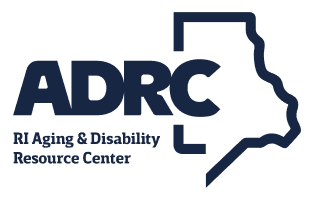Homeless Shelter | Harrington Hall
Setup: 112 barrack style beds First come, first served (beds are often filled between 7:00PM and 8:00PM) Services Available: Social Workers/Case Managers Interpretation available part time Housing placement Anger Management Group Financial Management Relapse prevention SNAP, SSI screening Legal Clinic Visiting nurses (weekly) AA meeting (weekly) RIHAP (twice a month) Insurance navigators (twice per week) Meals: Dinner provided nightly Important Policies: Duration of stay: Night to night Rent is not required Smoking allowed in designated outdoor areas only Damp Shelter- entry allowed if under the influence but not a threat to self or others Repeated drug/alcohol use or violent/threatening behavior may result in short-term ban from shelter Must comply with shelter rules
Physical Address
30 Howard Avenue, Cranston, RI 02920
Hours
Nightly hours 5:00PM-6:45AM
Application process
Case Managers may be available prior to opening Brief intake screening requested on first night of stay
Fee
No Fees
Required documents
One (1) form of personal ID, picture ID is preferred Clients without IDs will not be turned away
Eligibility
Male 18+
Languages
Interpretation available part-time
Service area
Statewide
Agency info
Crossroads Rhode Island
Founded in 1894 as Travelers Aid to assist vulnerable women, service members and travelers, Crossroads has been serving those in need for 125 years. Their mission has since evolved to help individuals and families in need overcome their homelessness. They provide a range of specialized services to meet the unique needs of our clients, including: Housing in more than 370 residences statewide 24-hour/7-day-a-week emergency services Education and employment services Comprehensive case management In 2018, Crossroads and the Rhode Island Coalition for the Homeless partnered to create the Coordinated Entry System. Coordinated Entry is a federal mandate that requires the state’s homeless service providers to integrate their efforts to achieve the following goals: Make it easier for people to access services Identify and prioritize services based on need Make sure that people who need help the most, get help first
